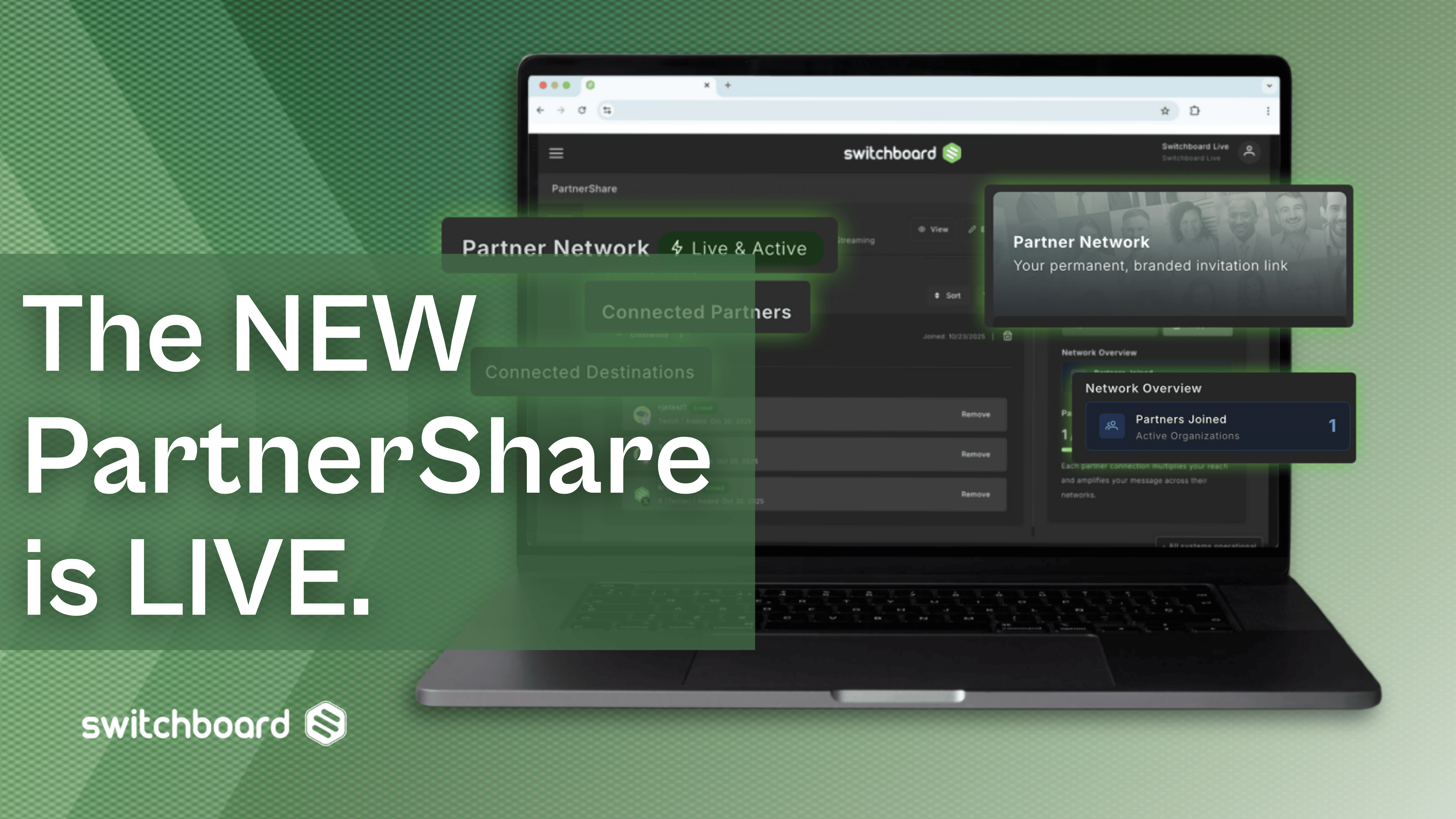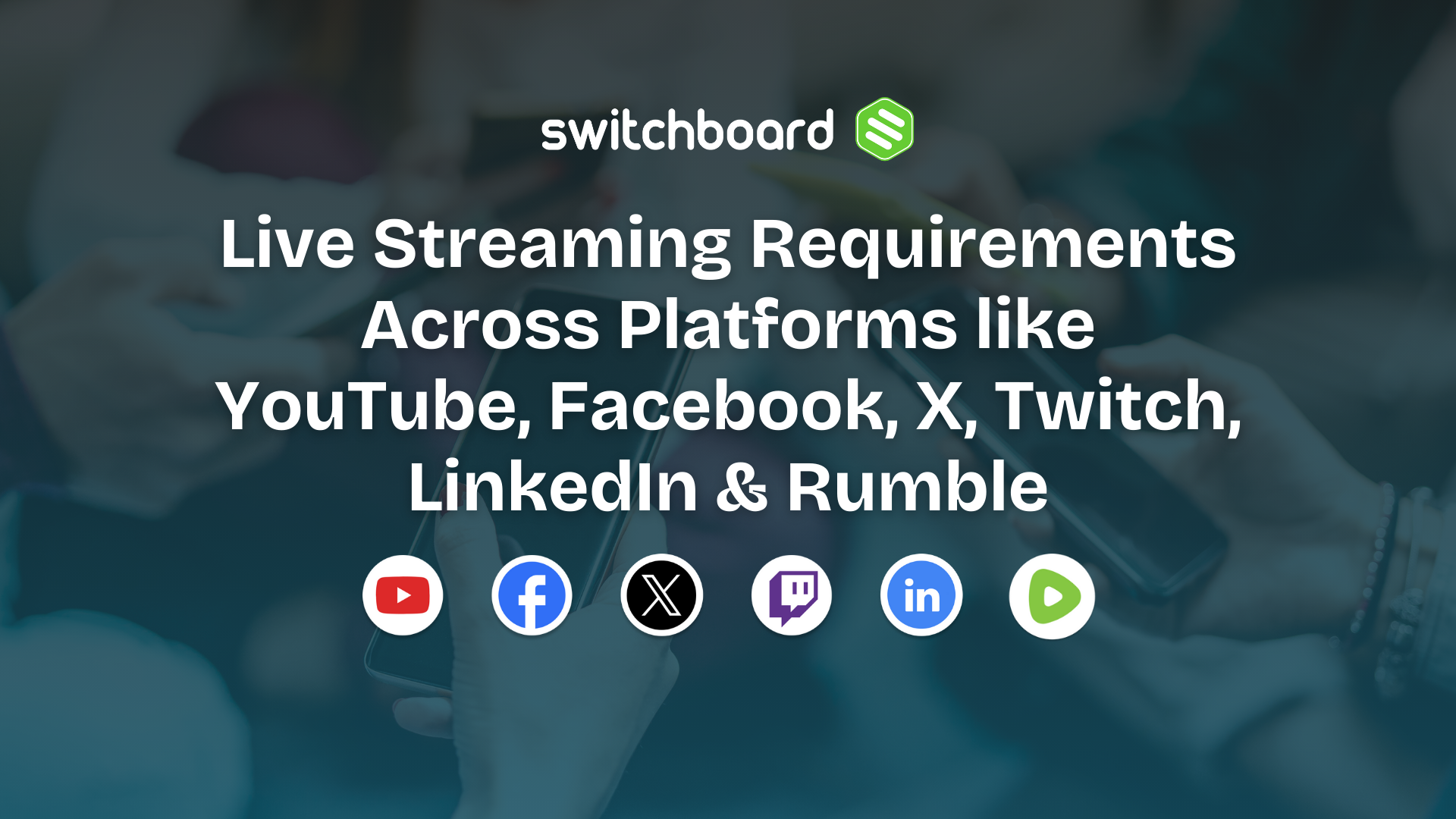From October through December 2017, YouTube took down a staggering 4.5 million offensive videos before even a single viewer could hit PLAY. YouTube shared the news as part of a quarterly report published April 23, in which the social streaming platform shared the details of how it relied on software to accomplish such a phenomenal purge.
So, what does this mean for advertisers and the future of video sharing on YouTube and for the live streamer?
Welcome to the Era of Software-Powered Censorship
Over the course of three months, YouTube utilized a special software designed to catch unacceptable videos before they actually went live, and it made compliance monitoring much easier. In total, the company removed 8 million videos last quarter, with 6.7 million first flagged flagged for review by machines.
https://www.youtube.com/embed/WK8qRNSmhEU
Why is this a big deal? Simply put, a big boycott of YouTube advertisements plagued the platform due to the extremist content displayed on certain uploaded videos, and that content had left a lot of marketers unhappy.
This software was YouTube’s answer to the problem, and it isn’t perfect, by any stretch. Another 1.5 million videos slipped past the software and were viewed before they could be taken down.
These figures lead a person to ask the reasonable, futurist question: Can any platform utilize machine learning to reliably monitor compliance, terms of service or quality control? It seems possible, but it also may take some time.
What is clear is that the leader of video sharing has been taking steps in the right direction. The beginning of 2017 saw only 8 percent of videos removed for questionable content. Fast forward, and that percentage has jumped to well over 50 percent.

Social Media Advertisers Seek Safe Space
Isn’t it ironic that the shoe is now on the other foot? Everyone seems to complain about “ads this” and “ads that”, utilizing ad blockers to the brim and making it that much more difficult for video marketers to do their job.
Now the coin has flipped. Other platforms obviously face scrutiny now because marketers make the world go around for them, supplying the platforms a rev share and income boost. And let’s face it – YouTube needs advertisers. Plain and simple.
That means you, as a video marketer, have a shot and can still make a dent as trends evolve and the content marketing landscape continues to improve.

The Cutthroat World of Video Marketing
It is still quite a balancing act, after all. As Eileen Donahoe, executive director at Stanford University’s Global Digital Policy Incubator, so richly pointed out: “It’s basically free expression on one side and the quality of discourse beneficial to society on the other side. It’s a hard problem to solve.”
Thankfully, YouTube is making the tough (but correct) choice here.
With Facebook still pushing video-on-demand service, Watch, and Snapchat going strong, YouTube needs to stay on top of its game, no doubt. The first thing every platform should do is make sure not only their viewers are feeling the love, but their money-making advertisers are, as well. Just a little positivity coming your way from Switchboard Live.




.png)
.png)
.png)







